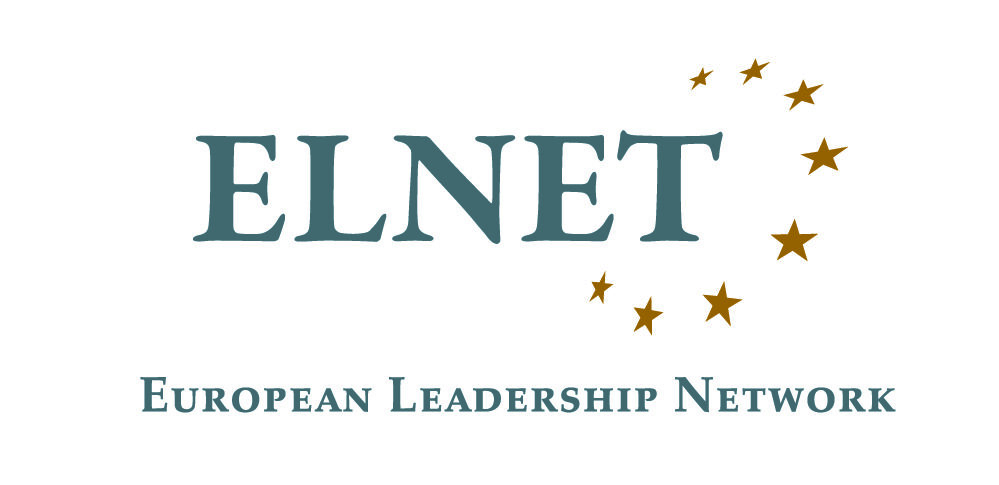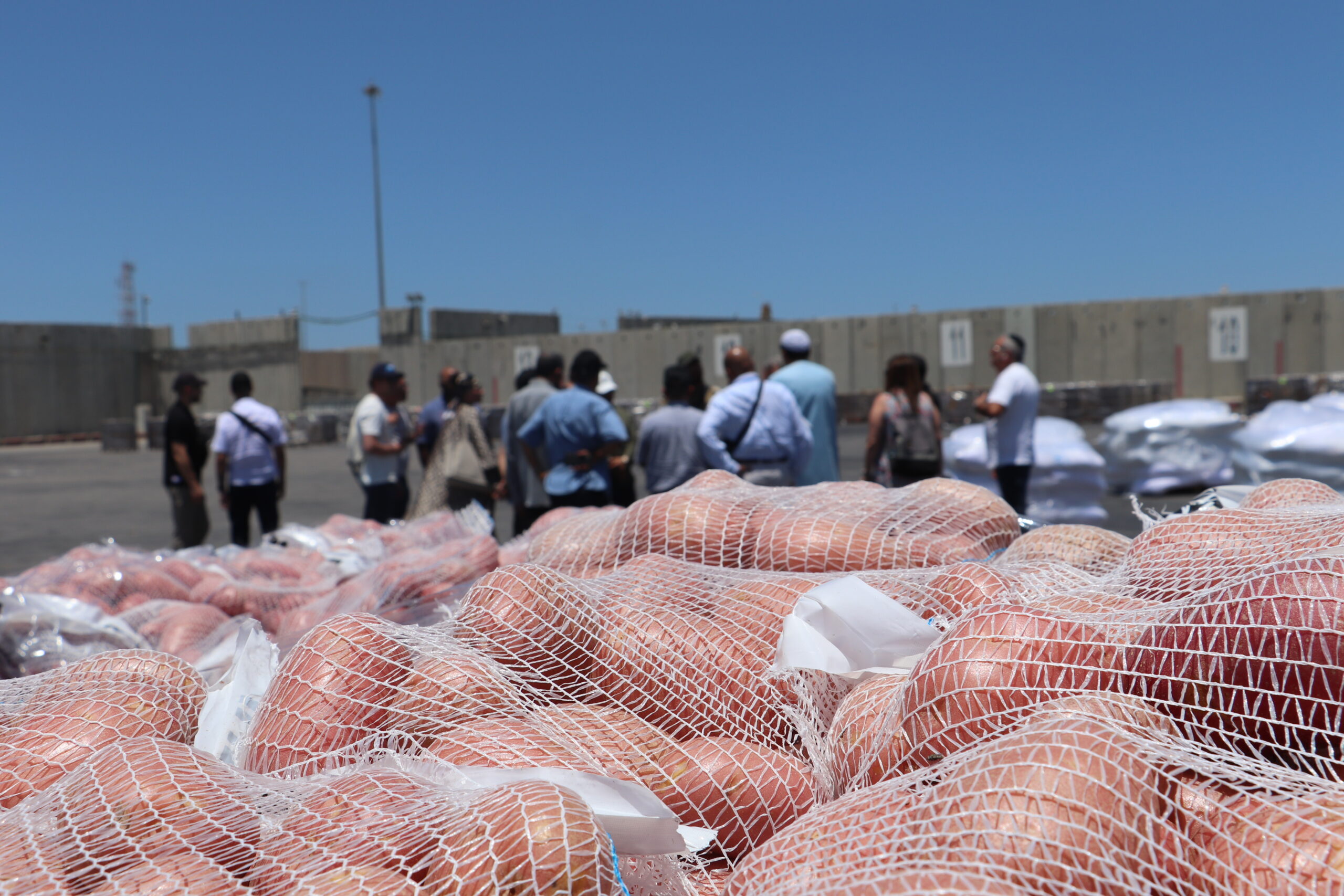Since the onset of the war in Gaza, humanitarian aid has played a dual role: on the one hand, as a life-saving necessity for a population in acute distress; on the other, as a focal point of political, legal, and strategic contestation. This paper outlines the structure, evolution, and controversies surrounding humanitarian aid delivery to Gaza, comparing the traditional UN-led model with the new GHF mechanism and highlighting how aid has become both a vital resource and a powerful narrative tool in the broader context of this enduring conflict.
Humanitarian aid has emerged as one of the most critical and high-profile issues in the war in Gaza, primarily due to its vital role in supporting the Palestinian population’s most basic needs.
However, it has also become one of the most contested topics of the war. As with other aspects of the war, this issue is accompanied by a vast stream of information from official reports to media coverage, revealing significant gaps in facts and figures, as well as partial, and at times inaccurate or biased reporting. This has fueled persistent debate and disagreement, making it challenging to establish a clear and verified understanding of the humanitarian situation in Gaza.
Moreover, humanitarian aid has evolved into a battleground of its own within the broader conflict in Gaza, no longer merely a logistical or moral undertaking. The acute dependence of the Palestinian population on external aid, combined with competing interests and agendas of different stakeholders, as well as the operational and political challenges surrounding its access and delivery, has transformed humanitarian aid into a high-stakes arena for influence, legitimacy, and control. Questions concerning the volume and distribution of aid are no longer aimed solely at providing humanitarian response or logistical solutions. Rather, they have become significant cognitive, political, and legal tools for narrative dominance and international legitimacy, further complicating efforts to grasp the true humanitarian picture on the ground.
This paper aims to provide a clear overview of humanitarian aid to Gaza, drawing primarily on official Israeli and UN sources. It examines how the humanitarian landscape has evolved over time and the debates it has generated.

Dr. Adv. Tammy Caner
Dr. Adv. Tammy Caner is a Research Fellow in the Law and National Security program at the Institute for National Security Studies (INSS). Caner specializes in a wide range of issues related to law and security, as well as the moral aspects of these issues. Among other things, Caner's expertise encompasses a wide range of topics related to contemporary warfare, including civil wars, terrorism, asymmetric warfare, targeted countermeasures, human shields, and the use of modern weapons. In addition, Caner addresses issues related to conflict resolution and "post-war justice." Caner completed her PhD at the School of Political Science, Government, and International Relations at Tel Aviv University and a post-doctorate from Tel Aviv University. She holds a bachelor's degree in law from the Hebrew University in Jerusalem and a master's degree in diplomacy from Tel Aviv University

